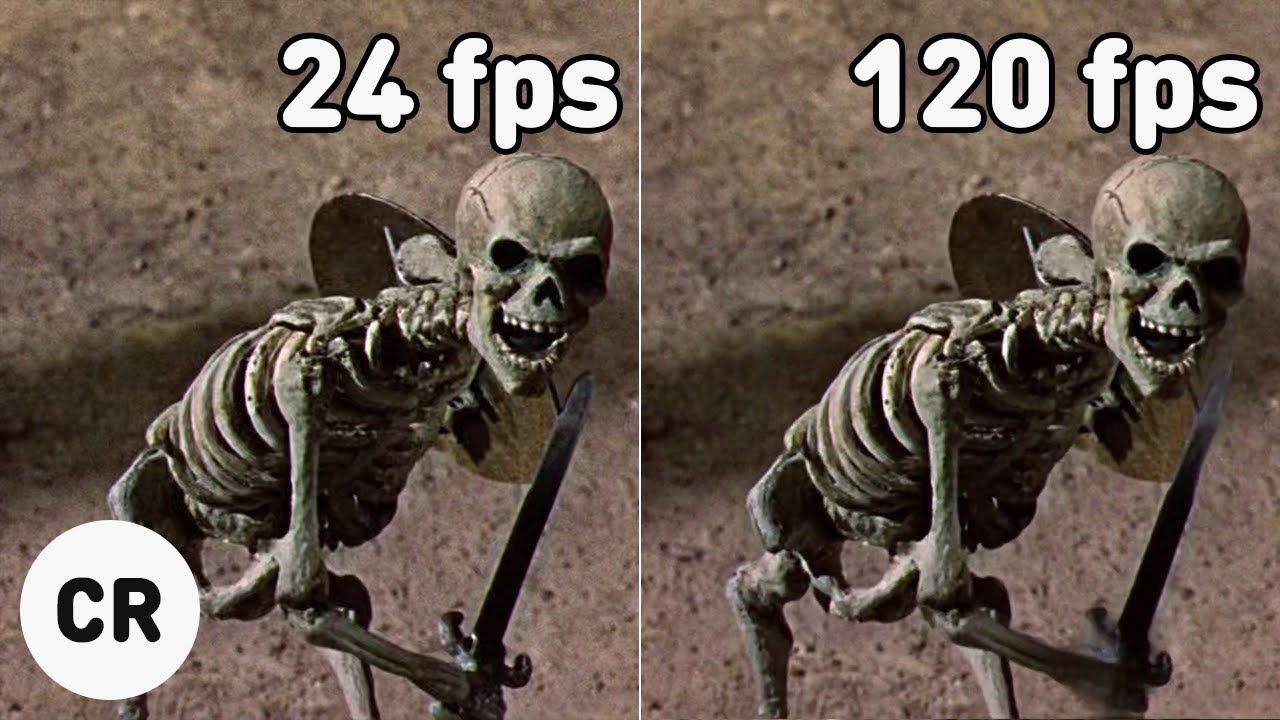My whole thing is, the low fps works for inanimate objects coming to life because there's a "break" sort of feeling to their joints finally moving after hundreds of years being still. You see it with the statue at the beginning.
You can say it's not intentional but the artform was likely chosen for that effect to be included. They seem like automatons, which works because... they are.
Ywah, if anything, the smoother animation makes it seem more janky. The statue coming off of the platform had no momentum to it, it was all one swift motion, which wasn't as noticeable with the more obvious stop motion.
Agreed. Same with the Colossus. It's a skyscraper sized metal giant. It's not supposed to move "smoothly".
I think that the movie compensated for the low frame rate of animation by reducing the overall speed of (most) of what they animated because they were pushed to the technical limitations of the time.
As an armchair expert, it seems as though there was a compromise between the frame rate and the overall speed of what was animated in the film; if the animations moved any faster than they currently do then I suspect that it would look really janky in the original and the audience would become aware of how low the framerate was, so when you improve the fluidity of the stop-motion animation it reveals the slow movements of what was animated in the film to be much more obvious.
This is one of the greatest old visual effects I've ever seen, I love claymation





